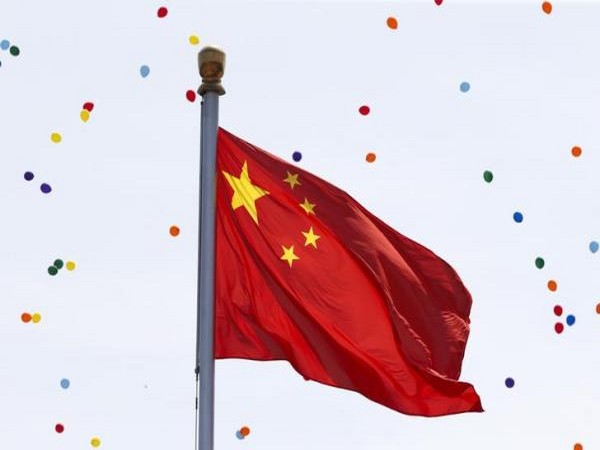Changes in the geopolitical situation as a result of the Russian-Ukraine war will have an increasing impact on China’s stretegic and economic projects as Beijing needs to examine major strategic issues pertaining to the westward expansion of China’s Belt and Road Initiative(BRI), peripheral security, and strategic competition between China and the US.
According to China Chengxin International (CCXI), a domestic credit rating agency, the Russia-Ukraine conflict has heavily impacted the progress of the BRI as the China-Europe freight rail services through Ukraine have stopped or rerouted, as reported by Policy Research Group (POREG). The progress of Chinese projects in Ukraine valued at USD 6.64 billion are also significantly halted.
Chinese think tanks are of the opinion that China’s economic security in the BRI might also get affected. Transport risks along the BRI route are likely to be increased as well. Further, with sanctions against Russia continuing to intensify and the conflict between Russia and Ukraine surging, China’s investment risk might ascent too.
The BRI construction might also get hampered owing to the Economic stagnation in Central Asian countries, reported POREG.
Chinese experts argue that Beijing should strengthen the economic and trade cooperation with Russia, promoting enhanced cooperation between China and countries participating in the BRI projects. It is equally important for China to establish strategic communication with Russia and Ukraine in order to obtain information on the military forefront for the safety of Chinese citizens and to safeguard China’s trade and security with the BRI countries.
The BRI is an internationally planned infrastructure development project for China and the countries trading with Beijing. It is a move designed to recapture the ancient Silk Road and expand China’s influence globally. The BRI is the most ambitious economic development and infrastructure project the world has ever seen. But critics say the BRI projects present dangers to participating countries, such as debt traps.
China’s BRI strategy was first introduced in 2013 by Chinese leader Xi Jinping. The strategy is in two parts – on land via the Silk Road Economic Belt which runs through Central Asia, Central and Eastern Europe to Western Europe; and on water via the ‘Maritime Silk Road’, which runs through the South China Sea and the Indian Ocean, westward through Southeast Asia to South Asia, the Middle East, Africa, and Europe.

